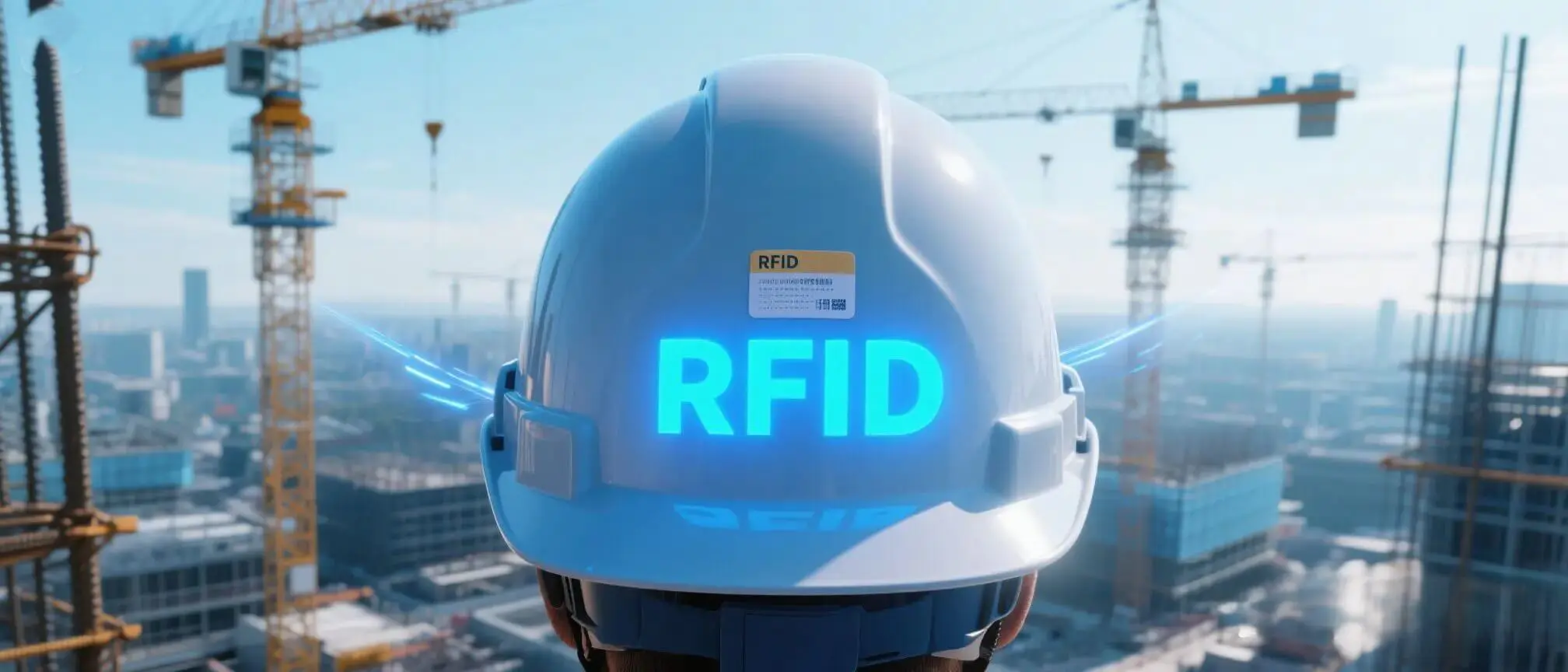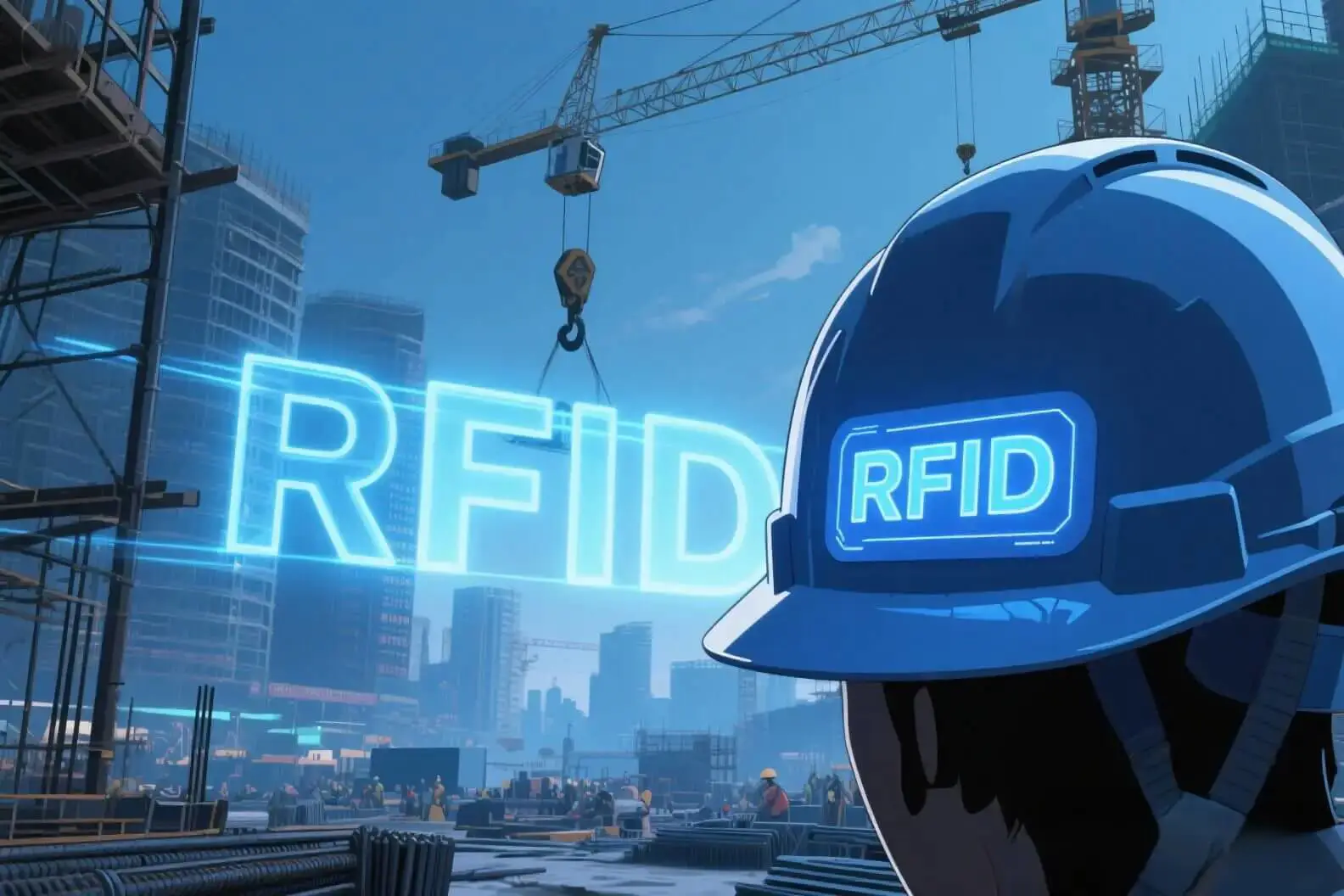Inefficiencies of Traditional Construction Management
Time – Consuming and Error – Prone Manual Registration
In traditional construction management, manual registration of workers is a laborious and error – prone process. Workers have to sign in and out on paper, which takes a significant amount of time, especially during peak hours. Moreover, human errors such as incorrect entries or missed signatures are common, leading to inaccurate attendance records. These inaccuracies can cause problems in payroll processing and overall workforce management.
Inability to Track Real-Time Worker Locations
Without real-time location tracking, it is difficult for construction managers to know where each worker is at any given moment. This lack of visibility can result in inefficiencies, as workers may be misallocated or idle in certain areas of the site. In addition, in case of an emergency, it can be challenging to quickly locate and evacuate all workers, putting their lives at risk.
Delayed Emergency Response
In emergency situations, every second counts. However, traditional methods often lead to delayed responses. For example, if there is a collapse or a fire on the construction site, it can take a long time to gather information about the affected workers and coordinate the rescue efforts. This delay can exacerbate the situation and increase the likelihood of serious injuries or fatalities.
Difficulty in Tracing and Analyzing Paper Records
Paper records are not only cumbersome to manage but also difficult to trace and analyze. They can be easily lost, damaged, or misplaced, making it challenging to access historical data for safety audits, performance evaluations, or regulatory compliance. This lack of reliable data can hinder the ability to make informed decisions and improve construction processes.
How RFID Helmet Labels Enhance Worker Safety on Construction Sites
Intelligent Warning in Hazardous Areas
- Electronic Fence Automatic Alarm – RFID helmet labels can be integrated with an electronic fence system. When a worker wearing an RFID-enabled helmet approaches a restricted or hazardous area, the system can automatically detect it and trigger an alarm. This immediate warning alerts the worker to stay away from the danger zone, preventing potential accidents. For example, if there is an area with high – voltage electrical equipment or unstable structures, the electronic fence can keep workers safe by preventing unauthorized access.
- Real-Time Monitoring of High-Risk Operations – High – risk operations such as working at heights, in confined spaces, or with heavy machinery require close monitoring. RFID helmet labels can be equipped with sensors to monitor workers’ vital signs, movement patterns, and environmental conditions in real-time. If a worker’s vital signs show signs of distress or if they enter a dangerous area, the system can send an alert to the worker, their supervisor, and the safety management team. This proactive approach allows for timely intervention and reduces the risk of accidents.
Faster Emergency Response
- Precise Location of Trapped Workers – In the event of an emergency, such as a building collapse or a fire, the ability to quickly and precisely locate trapped workers is crucial. RFID helmet labels can provide real-time location data, enabling rescue teams to pinpoint the exact location of each worker on the construction site. This information can significantly reduce the time it takes to reach the affected workers, increasing their chances of survival.
- Intelligent Planning of Rescue Routes – Based on the real – time location data, the system can also plan the most efficient rescue routes. It can take into account factors such as the layout of the construction site, the location of obstacles, and the condition of the affected area. This intelligent planning helps rescue teams to navigate the site quickly and safely, ensuring a more effective emergency response.
How RFID Optimizes Construction Efficiency
Visualization of Workers’ Dynamics
- Analysis of Construction Site Heat Maps – RFID technology can generate heat maps of the construction site, showing the distribution of workers at different times. These heat maps provide valuable insights into the traffic flow and activity levels across the site. Construction managers can use this information to identify areas where workers are concentrated or where there may be bottlenecks. By analyzing the heat maps, they can optimize the layout of the site, adjust work schedules, and allocate resources more effectively.
- Optimization of Workforce Distribution – The data collected from RFID helmet labels can also be used to optimize the distribution of different work types. By understanding the skills and availability of each worker, managers can assign tasks more efficiently, ensuring that the right workers are assigned to the right jobs. This not only improves productivity but also reduces the likelihood of errors and rework.
Innovation in Smart Attendance
- Automatic Recording of Working Hours – RFID helmet labels can automatically record the working hours of each worker. As workers enter and leave the construction site, the system can detect their presence and record the exact time. This eliminates the need for manual timekeeping, saving time and reducing the potential for errors. The accurate recording of working hours also ensures that workers are paid correctly for their work.
- Automation of Payroll Settlement – With the automatic recording of working hours, payroll settlement becomes much more straightforward. The data from the RFID system can be directly integrated with the payroll software, eliminating the need for manual data entry. This automation not only saves time but also reduces the risk of errors in payroll processing, ensuring that workers are paid accurately and on time.
How RFID Helps Managers Optimize Resources
Real – Time Manpower Allocation Adjustment
RFID technology provides real – time data on the location and status of workers. Construction managers can use this data to make immediate adjustments to manpower allocation. For example, if a particular area of the site requires more workers, managers can quickly reassign workers from less busy areas. This real-time adjustment ensures that the workforce is utilized efficiently and that construction projects stay on schedule.
Equipment Utilization Analysis
In addition to tracking workers, RFID helmet labels can also be used to monitor the usage of equipment on the construction site. By attaching RFID tags to equipment, managers can track when and how often each piece of equipment is used. This data can be used to analyze equipment utilization rates, identify under-utilized equipment, and make decisions about equipment procurement or rental. By optimizing equipment utilization, construction companies can reduce costs and improve overall project efficiency.
Precise Construction Progress Prediction
The data collected from RFID helmet labels can be used to predict construction progress more accurately. By analyzing the work patterns and productivity of workers, managers can estimate how long each task will take and when the project is likely to be completed. This precise prediction allows for better project planning, resource allocation, and scheduling. It also helps to identify potential delays in advance, enabling managers to take proactive measures to keep the project on track.
Real-World Applications of RFID Helmet Labels in Construction
60% Reduction in Accident Rate in a Subway Project
A subway construction project implemented RFID helmet labels and saw a remarkable 60% reduction in the accident rate. The real-time monitoring and warning system provided by RFID technology helped to prevent many potential accidents, such as falls, collisions, and exposure to hazardous materials. Workers felt safer on the site, and the overall safety culture improved significantly.
15 – Day Shorter Construction Period in a Commercial Complex
In a commercial complex construction project, the use of RFID helmet labels led to a 15 – day reduction in the construction period. The optimized workforce allocation, improved equipment utilization, and accurate progress prediction allowed the project to be completed more efficiently. This not only saved time but also reduced costs associated with extended construction periods, such as labor, equipment rental, and site management.
40% Increase in Worker Satisfaction
Workers on construction sites where RFID helmet labels were implemented reported a 40% increase in satisfaction. The real-time monitoring and safety features provided by technology made them feel more secure and valued. In addition, the automated attendance and payroll systems reduced administrative burdens, allowing workers to focus more on their work. This increase in satisfaction led to higher productivity and lower turnover rates.
The Integration of RFID Technology with Smart Construction Sites
Real – Time Data Transmission with 5G + RFID
The combination of 5G and RFID technology enables real – time data transmission between the construction site and the management center. This high – speed and reliable communication allows for instant access to information, such as worker locations, equipment status, and safety alerts. With 5G + RFID, construction managers can make more informed decisions in real – time, improving overall project management and safety.
Digital Twin Simulation of Construction Sites
Digital twin technology creates a virtual replica of the construction site, mirroring its physical state and behavior in real-time. By integrating RFID data with the digital twin, construction managers can simulate different scenarios, test new strategies, and optimize construction processes. This virtual simulation allows for better planning, risk management, and resource allocation, leading to more efficient and sustainable construction projects.
AI-Based Behavior Analysis and Early Warning
AI algorithms can analyze the data collected from RFID helmet labels to detect patterns and anomalies in worker behavior. By monitoring factors such as movement patterns, work speed, and interaction with equipment, AI can identify potential safety risks and issue early warnings. This proactive approach to safety management helps to prevent accidents before they occur and improves the overall safety performance of the construction site.
In conclusion, RFID helmet labels offer a comprehensive solution to the challenges faced in traditional construction management. They enhance worker safety, optimize construction efficiency, and help managers make better – informed decisions. As the construction industry continues to embrace digital transformation, RFID technology is likely to play an increasingly important role in shaping the future of construction.
Why Choose Mytopband?
- Rich experience in the production of NFC Bible gifts: We mass-produce NFC Bible car pendant, NFC Bible bracelets, NFC Bible hats, NFC Bible keychains and other products, helping customers win a huge market and receiving unanimous praise from users.
- Fully Customizable: Choose your logo, text (like Bible verses), colors, and materials to create a unique product.
- Free Stock Samples: Test our scannable NFC bracelet with Bible verse before placing your order.
- Low MOQ as 500pcs: Perfect for startups and small businesses.

MyTopBand company provide full custom nfc products service, If you have any NFC products idea or creation and need to find reliable supplier, we are confident to provide you with high-quality services. Please find us: www.mytopband.com, or send message to info@mytopband.com, we will reply you within 24 hours.


